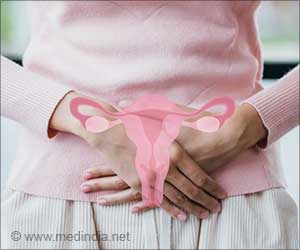Mothers abused in childhood have increased risk to have low-birth weight babies, says study.

The study also found that childhood poverty and substance use during adolescence and pregnancy contributed to low birth weight, which is linked to infant mortality and chronic health problems.
"Our findings suggest that a mother's economic position in childhood and her experience of maltreatment during childhood have implications for her children born years later," said Amelia Gavin, lead author and assistant professor in the UW School of Social Work.
Low birth weight - due to growth restriction in the womb or from being born prematurely - puts newborns at a greater risk for death before their first birthday.
Babies with low birth weights who survive their first year are more likely to develop obesity, diabetes and other health risks later in life.
The rate of these births has increased since the mid-1980s even as prenatal care has improved.
Advertisement
Gavin looked at mothers who had children after age 18 and found the extent to which mothers abused emotionally, sexually and physically before age 10 affected the birth weights of their children.
Advertisement
Gavin found that maltreatment during childhood was a strong predictor of substance use during high school. And, most significantly, women who abused drugs during high school were more likely to smoke and drink alcohol during later pregnancies.
"We know that cigarette smoking and heavy alcohol use during pregnancy lead to low birth weights, and we know to warn expecting mothers about those risks," she said.
"Now, the results of this study show that women maltreated during childhood are more likely to use substances during pregnancy, which increases their risk of delivering low birth weight infants," she added.
The findings have been published online March 14 in Journal of Adolescent Health.
Source-ANI









